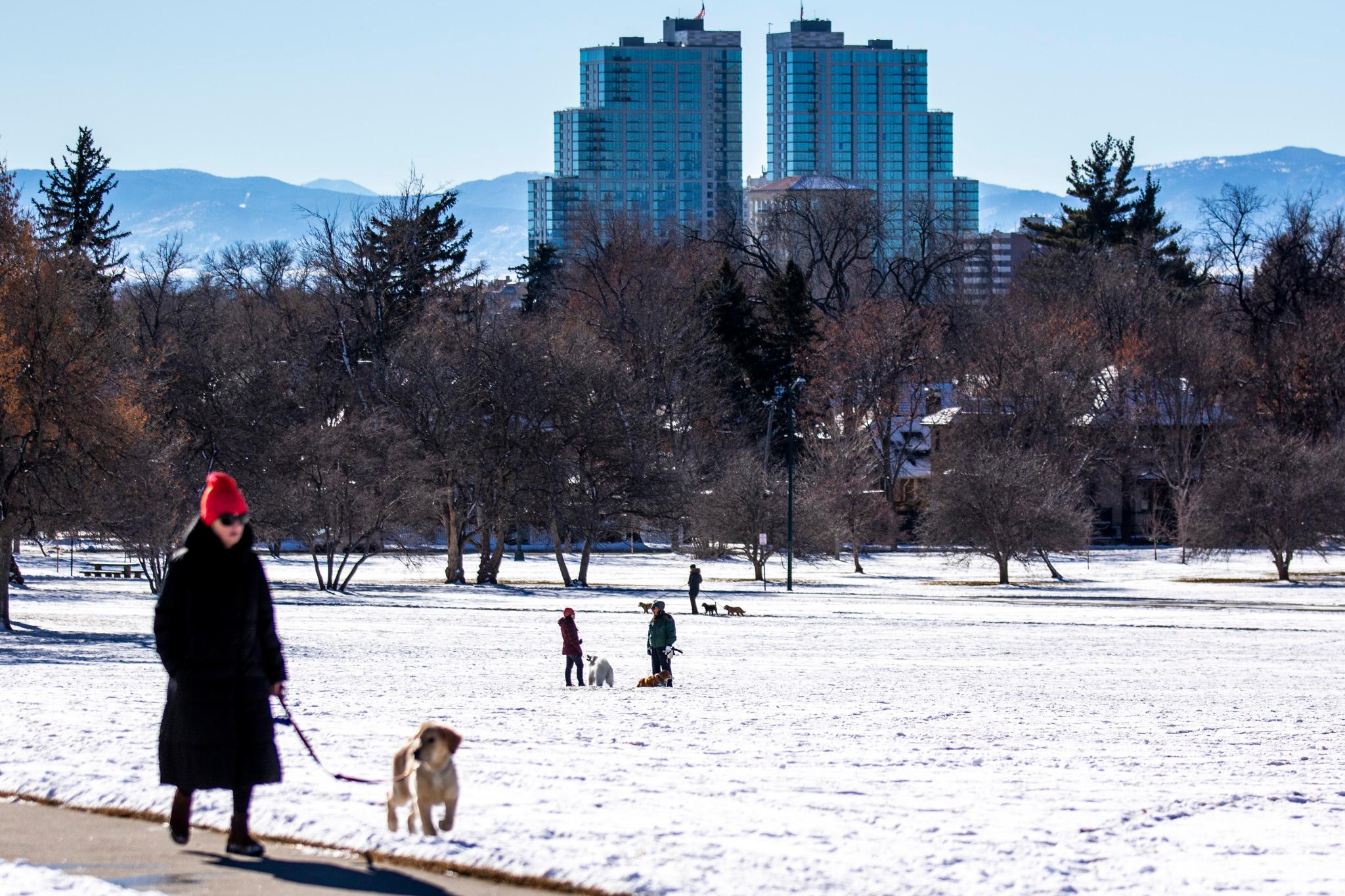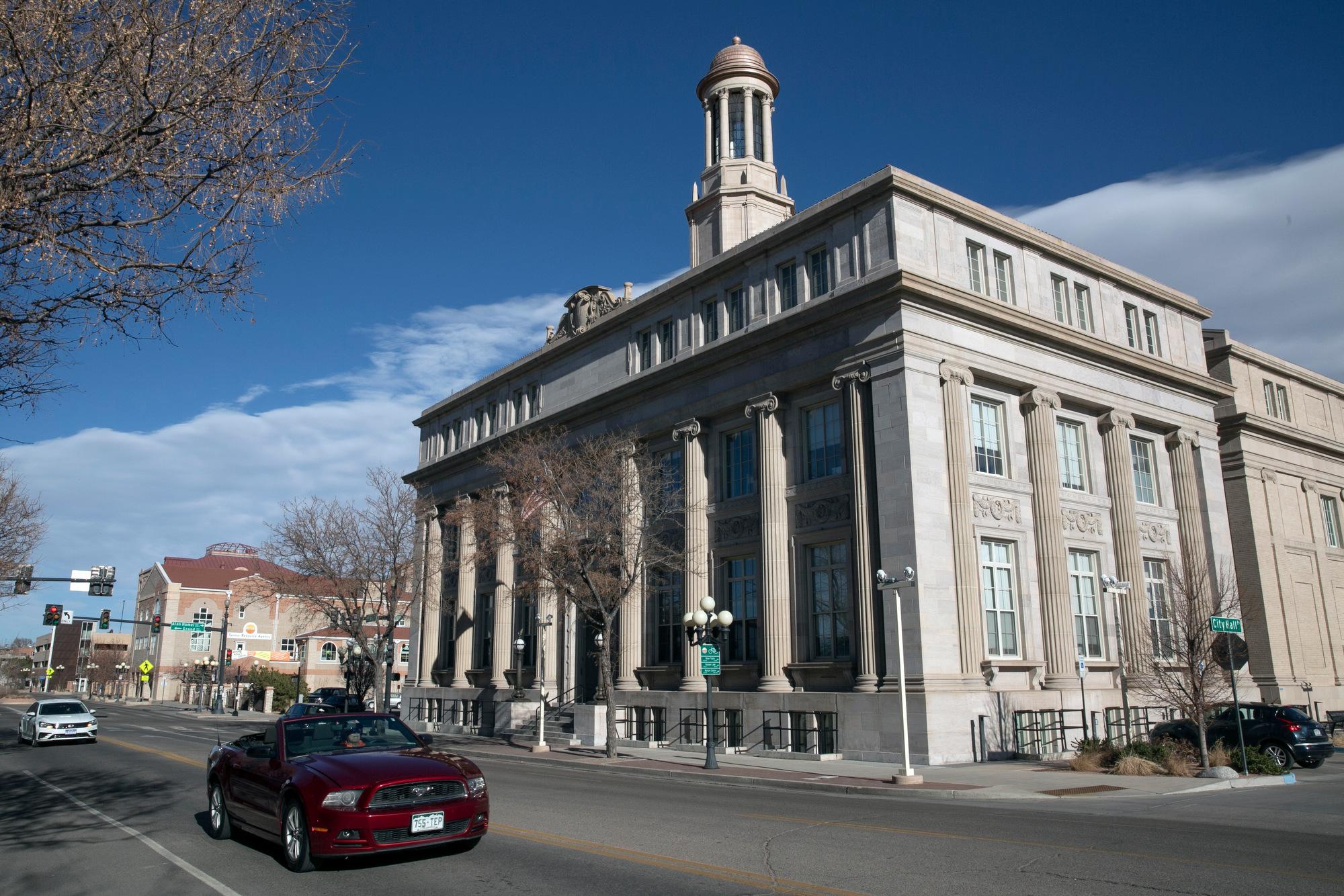Water users in the San Luis Valley are working to protect, manage and sustain their diminishing resource. The connection between ground and surface water there was discussed recently at the virtual Rio Grande State of the Basin Symposium.
During the last 20 years, the Rio Grande River’s annual water flows in southern Colorado’s San Luis Valley have decreased, according to Craig Cotten, the state’s water engineer for the area, and were mostly below normal with only a couple of years rising above that.
He said this year the overall snowpack in the surrounding mountains that feed the Upper Rio Grande River Basin is about 93 percent of what’s considered normal and the effects of long-term low river flows add up.
“That just kind of dries out everything and causes us to have problems to get back to normal even when we do have a normal snowpack,” said Cotten. That’s because the dry landscape absorbs the snowmelt before it makes it to the river. He said while some Rio Grande Basin snowpack is looking good this year, on the east side of the San Luis Valley, it is extremely low in places.
Cotten also noted that the area’s seasonal forecast for the next three months is for higher temperatures and lower precipitation. He said it’s not until June, July and August that the temperature and precipitation forecast reflects average levels.
To help maintain the region’s aquifer, some farmers are reducing groundwater pumping by 30 percent and finding ways to use less water while still maintaining their operations. Longtime rancher George Whitten’s family has farmed in the San Luis Valley since 1893. He said the water users in his district are off to a good start as they look ahead to sustainability.
“We are serious about cutting back,” he said. “As we go forward we're going to need more monitoring and to understand the aquifer better all the time.”
Heather Dutton manages the San Luis Valley Water Conservancy District; she said water is critical to the economy and culture of the region.
“When a farmer sells a dollar of potatoes there’s 47 cents that goes back to the community and that supports restaurants, stores, equipment dealers, fertilizer, chemicals, truckers, hospitals.”
She said besides agriculture, water-based recreation generates half a billion dollars annually in the Rio Grande Basin.
Water exportation threatens the basin, according to Dutton, especially a controversial proposed plan to transfer a substantial amount of water from the aquifer to Douglas County. According to the Alamosa Citizen, a town hall that was planned during a March 26 visit to the San Luis Valley by the Douglas County commissioners has been cancelled, although one commissioner may still meet with local officials and residents.
A pending lawsuit could also affect the basin, Cotten said. In 2013 Texas filed suit against New Mexico and Colorado, claiming their groundwater pumping is affecting the amount of water flowing downstream in the river and violating the terms of the Rio Grande Compact. The case is now in mediation.
Related stories
- Two dwindling river basins, one solution: Pay farmers and ranchers to use less water
- Where should the water go in the farming and urban divide?
- How These Colorado Farmers Banded Together To Save Their Water Supply
Editor's Note: This story has been updated to reflect the changing status of a previously planned town hall in the San Luis Valley with Douglas County commissioners.








